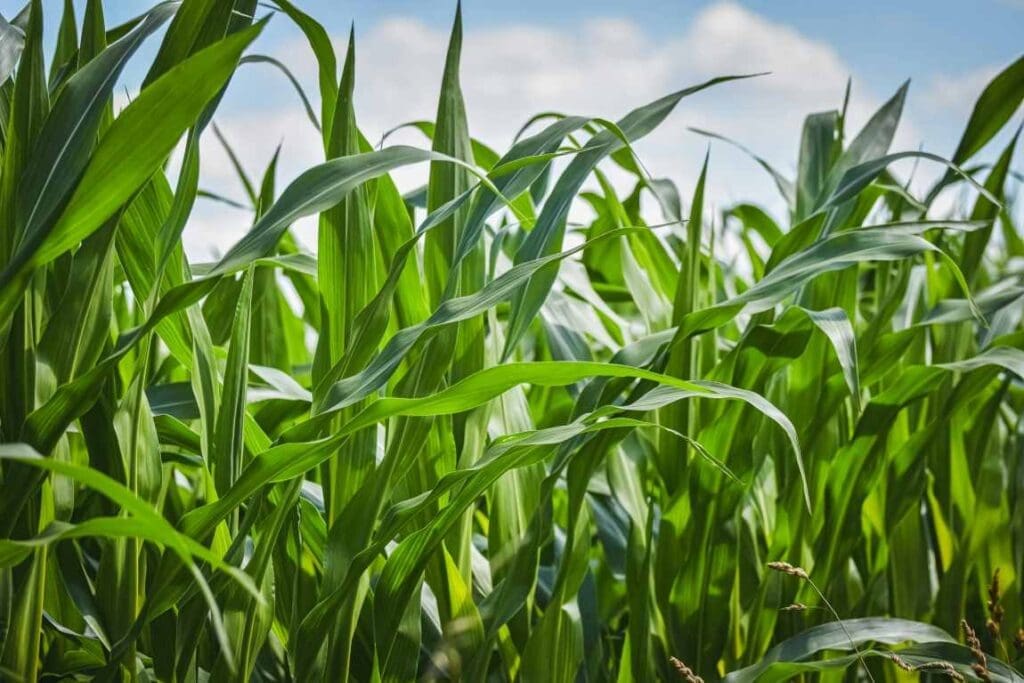Researchers identify the emission hotspots in the supply chain when building a house in Japan
Researchers at Kyushu University have published a comprehensive analysis on the carbon footprint of constructing a wooden house in Japan. The study covered the total amount of emissions produced, taking into consideration the entire supply chain including the processing and transport of the raw materials that go into building a house.
The team hopes that by identifying emission hot spots in the supply chain that go into building a house, policy makers can implement strategies to reduce its climate impact. Their analysis was published in the Journal of Environmental Management.
As humanity maneuvers itself through the climate crisis, researchers and industry professionals alike have been working to identify sectors with high CO2 emissions so they can implement policies that potentially reduce greenhouse gas production. But in today’s highly interconnected economy, figuring out a sector or object’s greenhouse gas output is astoundingly complex.
“For example, it’s easy to calculate how much CO2 a single automobile will potentially produce. It’s another thing entirely to try and find the totality of emissions a car produces from assembly line to scrap yard. You need to consider the emission that come from the supply chain and manufacturing the raw materials,” explains Professor Shigemi Kagawa from Kyushu University’s Faculty of Economics, whose team has been studying supply chain emissions.
To this end, Kagawa and his team began looking into the combined carbon emissions that come from building a standard wooden house in Japan—which account for approximately 90% of the country’s total housing stock—and which industrial sectors contribute to it the most.
“If you combine the emissions generated by construction activity and the supply chain manufacturing of its essential products it can account for approximately 23% of all global emissions,” explains doctoral candidate Seiya Imada and first author of the study. “94% of that comes from the supply chain alone. Therefore, emission reduction efforts targeting the supply chain is the best way to mitigate any emissions from the construction sector.”
According to the team’s findings, the estimated carbon footprint of building a single wooden house in Japan is 38 tons of CO2. Making up the largest share of that—accounting for 32% of total emissions—was the electric power sector. Other sectors included pig iron production at 12%, with cement, road freight transport, and private power generation each covering 7% of total emissions.
“We also looked into some of the hotspots in the supply chain network. Our analysis found that the steel manufacturing process accounted for the largest share of the carbon footprint, at approximately 15% of total emissions,” continues Imada. “The second highest contributing group was the division involved in material transport and the building materials for a house’s exterior, like bricks. That group accounted for approximately 7.4% of the total carbon footprint.”
The team hopes these new findings can help both industry groups and consumers re-evaluate the carbon footprint of this sector of the construction industry. Some countries have begun to emphasize the importance of constructing ‘low-carbon’ buildings. And while Japan does encourage methods to reduce a home’s total energy use, it still does not have a policy that specifically targets the reduction of CO2 during its building phase.
“Policy makers should promote efforts of renovating and remodeling already existing houses. There should also be a focus on reusing the foundation, which are made with materials from high emission sectors,” Concludes Imada. “The supply chain is very complicated, but if we want to avoid the worst results of the climate crisis, we must be able to understand it and implement policies that reduce emissions effectively.”
More information: Seiya Imada, Keitaro Maeno, Shigemi Kagawa, ‘CO2 emission hotspots analysis on supply chains for wooden houses in Japan’, Journal of Environmental Management (2024, vol. 353), DOI: 10.1016/j.jenvman.2024.120151. Featured image: A depiction of timberyards during the Edo period (1603-1867), with Mt. Fuji viewable at a distance. Credit: Katsushika Hokusai | CC0



